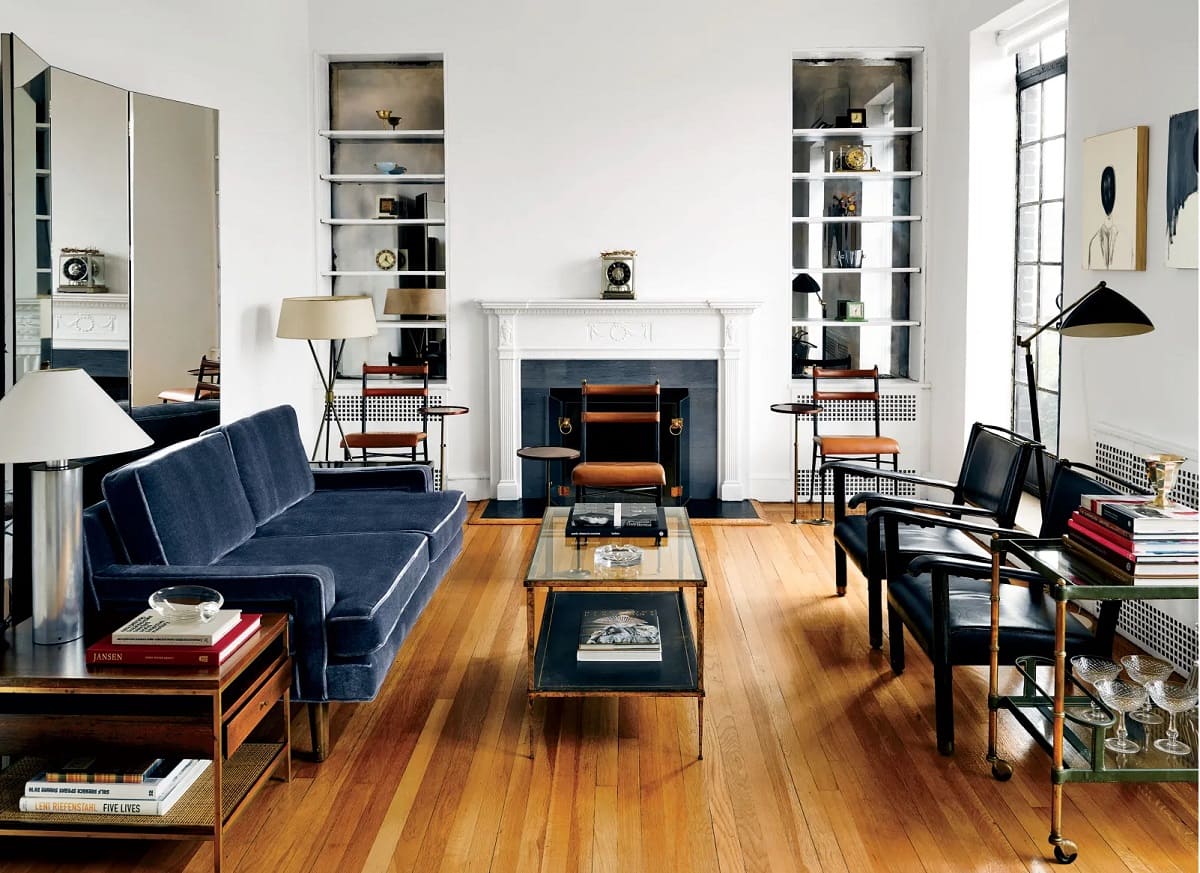

Articles
How To Keep Couch From Sliding On Wood Floor
Modified: January 6, 2024
Learn effective methods to prevent your couch from sliding on a wooden floor with these insightful articles. Discover practical tips and solutions to keep your furniture stable and secure.
(Many of the links in this article redirect to a specific reviewed product. Your purchase of these products through affiliate links helps to generate commission for Storables.com, at no extra cost. Learn more)
Introduction
Sliding couches on wood floors can be a frustrating experience. The constant movement not only poses a safety hazard but also disrupts the overall aesthetics of the room. Fortunately, there are several solutions available to keep your couch from sliding on a wood floor. In this article, we will explore various methods to address this common problem and help you find the best solution for your needs.
Understanding the reasons why couches slide on wood floors is essential in finding an effective remedy. One primary factor is the lack of friction between the smooth surface of the wood floor and the bottom of the couch legs or feet. This allows the couch to easily slide across the floor, especially on polished or waxed surfaces. Additionally, the weight of the couch and people sitting on it can cause further displacement.
Addressing the issue of a sliding couch is important for several reasons. First and foremost, it is a matter of safety. A couch that constantly moves can result in accidents and injuries, particularly for elderly individuals or those with limited mobility. Moreover, shifting furniture can cause damage to the floor, leaving unsightly scratches and marks.
Now that we understand the problem at hand, let’s delve into some practical solutions to keep your couch securely in place on a wood floor. Whether you prefer non-slip rug pads, furniture grippers, rubber shelf liners, hook and loop tapes, or silicone mats, there are various options to choose from based on your specific needs and preferences. Let’s explore each of these solutions in more detail.
Key Takeaways:
- Say goodbye to the frustration of a sliding couch on wood floors with non-slip rug pads, furniture grippers, rubber shelf liners, hook and loop tapes, or silicone mats. Each solution offers unique advantages to keep your couch securely in place.
- Enhance the safety, longevity, and overall enjoyment of your furniture and living space by implementing practical solutions to prevent couches from sliding on wood floors. Choose the right solution based on factors such as couch weight, floor surface, ease of installation, and desired level of permanence.
Understanding the Problem: Why couches slide on wood floors & Importance of addressing the issue
Have you ever experienced the frustration of a couch constantly sliding on your wood floor? This common problem is caused by the lack of friction between the smooth surface of the floor and the bottom of the couch legs or feet. Without proper traction, the couch can easily be displaced, leading to potential accidents and damage.
There are several factors contributing to this issue. One primary factor is the nature of wood floors, which tend to have a smoother surface compared to other types of flooring. Additionally, if your wood floor has been polished or waxed, it can be even more slippery. These smooth surfaces provide little resistance against the weight and movement of the couch.
Another contributing factor is the design of the couch legs or feet. Many couches have smooth, flat-bottomed legs or narrow metal feet. These types of legs tend to have minimal contact with the floor, resulting in reduced friction and increased sliding.
It is important to address the issue of a sliding couch for several reasons. Firstly, it is a matter of safety. A couch that constantly moves poses a significant risk for accidents, especially for families with young children or elderly individuals. The instability of the couch can lead to slips, falls, and injuries.
Moreover, a couch that slides across the wood floor can cause damage to both the floor and the furniture itself. The repeated movement can create unsightly scratches and scuff marks on the floor surface. Additionally, the constant shifting of the couch can loosen its joints and weaken its structural integrity over time.
Furthermore, a sliding couch can be a source of annoyance and inconvenience. If you frequently find yourself having to readjust the position of your couch, it can disrupt the overall aesthetics and functionality of your living space. It can also make it more challenging to arrange furniture and create a cohesive and comfortable seating area.
By addressing the issue of a sliding couch, you can enhance the safety, longevity, and overall enjoyment of your furniture and living space. Fortunately, there are several effective solutions available to prevent couches from sliding on wood floors. In the following sections, we will explore these solutions in greater detail and help you find the best option for your specific needs.
Non-Slip Rug Pads: Types of non-slip rug pads available, How to select the right rug pad for your couch, Proper installation of rug pads
One of the most popular solutions to prevent a couch from sliding on a wood floor is by using non-slip rug pads. These pads provide a barrier between the floor and the bottom of the couch, offering increased friction and stability. Let’s explore the different types of non-slip rug pads available, how to select the right one for your couch, and how to properly install them.
When it comes to non-slip rug pads, there are various options to choose from. The two most common types are felt rug pads and rubber rug pads. Felt rug pads are made from a dense material that helps to grip both the floor and the couch. They provide a cushioning effect and are suitable for thinner rugs or couches with legs that have a larger surface area. Rubber rug pads, on the other hand, are made from natural or synthetic rubber and have a tacky surface that prevents slipping. They are ideal for rugs or couches that require more grip due to heavier weight or smaller leg surface area.
When selecting a rug pad for your couch, consider the size and weight of the couch, the type of flooring, and the overall design aesthetic you are trying to achieve. Measure the dimensions of your couch legs or feet to ensure the rug pad fits properly. If your couch has narrow or metal feet, a rubber rug pad might be more suitable. If you prefer a more cushioned feel, a felt rug pad can provide added comfort.
Proper installation of the rug pad is crucial to ensure its effectiveness in preventing couch sliding. Begin by thoroughly cleaning the floor area where the couch will be placed. Remove any dust, debris, or wax that might hinder the grip of the rug pad. Next, place the rug pad directly on the floor, adhesive side down if applicable. Make sure the rug pad is slightly smaller than the dimensions of the couch legs to ensure it remains hidden under the couch. Finally, carefully place the couch on top of the rug pad, ensuring that each leg or foot rests securely on the pad. Gently test the stability of the couch by applying pressure and sliding it to ensure the rug pad is effectively preventing movement.
Non-slip rug pads are an affordable and practical solution to keep your couch from sliding on a wood floor. By understanding the different types available, selecting the appropriate rug pad for your couch, and properly installing it, you can enjoy a stable and secure seating arrangement in your living space.
Furniture Grippers: Different types of furniture grippers, Installation process for furniture grippers, Benefits and limitations of using furniture grippers
If you’re looking for an alternative solution to non-slip rug pads, furniture grippers can effectively prevent your couch from sliding on a wood floor. Furniture grippers are small pads or discs that adhere to the bottom of your couch legs, providing traction and stability. Let’s explore the different types of furniture grippers, the installation process, and the benefits and limitations of using them.
There are various types of furniture grippers available on the market. Some common options include adhesive pads, rubber discs, and gripper cups. Adhesive pads are sticky pads that can be directly attached to the bottom of your couch legs. They offer a strong grip and are suitable for couches with a smooth bottom surface. Rubber discs, on the other hand, are circular pads made from rubber or silicone that provide excellent traction. They are easy to install and can work well for both hardwood and carpeted floors. Gripper cups, often made from heavy-duty rubber, are designed to fit around the bottom of the couch legs, creating a secure grip. They are particularly beneficial for heavier couches or situations where extra stability is required.
The installation process for furniture grippers is relatively straightforward. Begin by cleaning the bottom of the couch legs, ensuring they are free from dirt and debris. For adhesive pads, remove the protective backing and firmly press them onto the couch legs, making sure they are centered and secure. For rubber discs or gripper cups, simply place them over the bottom of the couch legs, allowing them to grip the floor. It’s important to follow the manufacturer’s instructions for the specific type of furniture grippers you are using to ensure proper installation.
Using furniture grippers offers several benefits. Firstly, they provide a cost-effective solution to prevent couch sliding, particularly if you don’t want to use rug pads or alter the appearance of your floor. Furniture grippers are also easy to install and can be customized to fit a variety of couch leg sizes and shapes. They offer a strong grip, ensuring that your couch remains in place, even with regular use.
However, it’s important to consider the limitations of using furniture grippers. Depending on the type of gripper and the specific floor surface, there is a possibility of leaving marks or residue on the floor when the grippers are removed. It’s advisable to test the grippers on a small, inconspicuous area of the floor first to ensure they won’t cause any damage. Additionally, furniture grippers may need periodic replacement, especially if they wear out or lose their grip over time.
Furniture grippers are a practical and versatile solution to keep your couch from sliding on a wood floor. By understanding the different types available, properly installing them, and considering their benefits and limitations, you can enjoy a secure and stable couch placement in your living space.
Place rubber or non-slip pads under the legs of the couch to prevent sliding on wood floors. You can also use furniture grippers or double-sided adhesive pads for extra grip.
Rubber Shelf Liners: Utilizing rubber shelf liners as a non-slip solution, Steps to apply rubber shelf liners to prevent couch sliding, Pros and cons of using rubber shelf liners
Another effective solution to prevent a couch from sliding on a wood floor is by utilizing rubber shelf liners. These versatile and readily available liners offer excellent grip and can be easily applied to the bottom of your couch legs. Let’s explore how to use rubber shelf liners as a non-slip solution, the steps to apply them, and the pros and cons of using rubber shelf liners.
Rubber shelf liners are typically made from a thick, textured rubber material that provides traction and stability. By placing them between the couch legs and the floor, they create a strong grip, preventing the couch from sliding or shifting. One of the advantages of using rubber shelf liners is that they can be easily cut to size, allowing you to customize the liners to fit your specific couch leg dimensions.
Applying rubber shelf liners to prevent couch sliding is a straightforward process. Start by cleaning the bottom of the couch legs, ensuring they are free from dust and debris. Measure the dimensions of the couch legs and mark those measurements on the rubber shelf liner. Use a pair of scissors or a utility knife to cut the liners into pieces that match the size of each leg.
Once you have cut the rubber shelf liners, simply place them directly onto the bottom of the couch legs, ensuring that the textured side is facing the floor. Apply firm pressure to secure the liners in place. The rubber material will create friction against the floor surface, minimizing any sliding or movement of the couch.
There are several benefits to using rubber shelf liners as a non-slip solution for your couch. Firstly, they are cost-effective and readily available at most home improvement or kitchen supply stores. Rubber shelf liners also provide a cushioning effect, which can help absorb shock and reduce noise when moving the couch. Additionally, rubber liners are easy to clean with just a damp cloth or sponge.
However, it’s important to consider the limitations of using rubber shelf liners. Over time, the rubber material may wear down, and the liners may need to be replaced to maintain their effectiveness. Depending on the type of wood floor you have, there is a possibility of the rubber liners leaving marks or residue on the floor. It’s advisable to test the liners on a small, inconspicuous area of the floor first to ensure they won’t cause any damage.
Rubber shelf liners offer a simple and practical solution to keep your couch stable and prevent sliding on a wood floor. By utilizing these liners, following the steps of proper application, and considering the pros and cons, you can enjoy a secure and hassle-free seating arrangement in your living space.
Hook and Loop Tapes: Using hook and loop tapes for added stability, Application process of hook and loop tapes, Advantages and disadvantages of hook and loop tapes
If you’re looking for a versatile and adjustable solution to prevent your couch from sliding on a wood floor, hook and loop tapes might be the answer. This fastening system, commonly known as Velcro, provides added stability by securing the couch legs to the floor. Let’s explore how to use hook and loop tapes for added stability, the application process, and the advantages and disadvantages of using them.
Hook and loop tapes consist of two components: the hook side and the loop side. The hook side has small, stiff hooks that latch onto the loop side, which has a soft, fuzzy surface. When the two sides are pressed together, they create a strong bond, providing a secure connection between the couch legs and the floor.
To use hook and loop tapes for added stability, you will need to attach the hook side to the bottom of the couch legs and the loop side to the floor. Begin by cleaning the bottom surface of the couch legs to ensure a clean and adhesive-friendly surface. Cut the hook side of the tape into small strips or squares, depending on the size of the couch legs. Peel off the backing to reveal the adhesive side and firmly press each piece onto the bottom surface of the couch legs.
Next, clean the floor where the couch will be placed. Measure and cut the loop side of the tape into strips or squares, matching the size and shape of the hook side. Remove the backing of the loop side tape and firmly press it onto the floor surface, making sure it aligns with the position of the hook side on the couch legs.
To secure the couch, press the hook and loop sides together. The bond created by the hook and loop tapes will prevent the couch from sliding or shifting on the wood floor. The adjustable nature of this fastening system allows for easy repositioning of the couch without compromising stability.
One of the advantages of using hook and loop tapes is their versatility. The tapes can be easily cut to size and adjusted to fit various couch leg shapes and sizes. They provide a strong hold and can be repositioned or replaced as needed. Additionally, hook and loop tapes leave no residue on the floor or the couch legs when removed.
However, there are a few limitations to consider when using hook and loop tapes. Over time, the adhesive backing may weaken, requiring the tapes to be replaced for optimal performance. It’s also important to ensure that the tapes are properly aligned and adequately secured to prevent any gaps or slippage. Additionally, the hook and loop tapes may not be suitable for certain types of couch legs or floor surfaces, so it’s important to test compatibility before full installation.
By utilizing hook and loop tapes, following the application process, and considering the advantages and disadvantages, you can add stability to your couch and prevent sliding on a wood floor. This adjustable fastening system offers convenience and peace of mind, ensuring a secure and safe seating experience in your living space.
Silicone Mats or Caulk: Implementing silicone mats or caulk to prevent sliding, Steps to apply silicone mats or caulk on couch legs, Considerations when using silicone mats or caulk
If you’re looking for a more permanent solution to keep your couch from sliding on a wood floor, silicone mats or caulk can provide excellent stability. By applying these materials to the bottom of your couch legs, you can create a grip that prevents movement. Let’s explore how to implement silicone mats or caulk, the steps to apply them on couch legs, and important considerations when using these methods.
Silicone mats are self-adhesive pads made of durable silicone material that provide superior grip and traction. Alternatively, you can also use silicone caulk, a sealant that can be applied directly to the bottom of the couch legs, creating a non-slip surface. Both silicone mats and caulk offer long-lasting stability, even with regular use of the couch.
The first step in applying silicone mats or caulk is to ensure that the bottom of the couch legs is clean and free from dust or debris. Use a damp cloth to wipe away any dirt and allow the surface to dry completely. This will ensure a strong bond between the mats or caulk and the couch legs.
For silicone mats, simply peel off the backing and firmly press the adhesive side onto the bottom of each couch leg. Make sure to center the mats properly and align them with the leg edges for maximum coverage. Apply firm pressure to ensure a secure attachment.
If using silicone caulk, carefully squeeze a small bead of caulk along the bottom perimeter of each couch leg. Use a putty knife or a small spatula to spread the caulk evenly and create a smooth surface. Allow the caulk to dry according to the manufacturer’s instructions before placing the couch on the wood floor.
When using silicone mats or caulk, it’s important to consider a few things. Firstly, you’ll need to determine if using a more permanent solution is suitable for your specific situation. If you anticipate frequently moving or rearranging your furniture, applying silicone mats or caulk may limit your flexibility. Additionally, it’s crucial to ensure that the compatibility of the silicone material with both the couch legs and the wood floor. Test a small area first to ensure that the mats or caulk do not cause any damage or leave marks on the surfaces.
Another consideration is the maintenance of silicone mats or caulk. Over time, the adhesion of the mats or the integrity of the caulk may weaken. Regularly inspect the condition of the applied silicone and reapply or touch up as needed to maintain optimal grip and stability.
By implementing silicone mats or caulk, following the application steps, and considering the important considerations, you can effectively prevent your couch from sliding on a wood floor. These more permanent solutions offer a secure and reliable seating arrangement, ensuring a stable and safe living space.
Conclusion
Dealing with a sliding couch on a wood floor can be frustrating and potentially hazardous. However, there are several effective solutions available to address this common problem. Whether you prefer non-slip rug pads, furniture grippers, rubber shelf liners, hook and loop tapes, or silicone mats, each option offers unique advantages to keep your couch securely in place.
Non-slip rug pads provide a barrier between the couch legs and the floor, offering increased friction and stability. They come in various types, such as felt pads and rubber pads, and can be easily installed. Furniture grippers, on the other hand, attach directly to the bottom of the couch legs and offer a strong grip to prevent sliding. They come in different forms, including adhesive pads, rubber discs, and gripper cups.
Rubber shelf liners provide a non-slip surface when placed between the couch legs and the floor. They are cost-effective, easy to apply, and offer good traction. Hook and loop tapes, commonly known as Velcro, create a secure connection between the couch legs and the floor. They are versatile, adjustable, and allow for easy repositioning of the couch.
For a more permanent solution, you can implement silicone mats or caulk. Silicone mats are self-adhesive pads that provide excellent grip and durability. Silicone caulk, applied directly to the couch legs, creates a non-slip surface. These options offer long-lasting stability but may limit flexibility and require compatibility testing.
When choosing the right solution for your couch, consider factors such as couch weight, floor surface, ease of installation, and desired level of permanence. It’s also important to follow proper installation procedures and occasionally check for wear or damage to ensure continued effectiveness.
By implementing these solutions, you can enjoy a stable and secure seating arrangement on your wood floor. Say goodbye to the hassle of readjusting your couch and the worry of accidents caused by sliding furniture. With the right solution in place, you can create a safe, comfortable, and aesthetically pleasing living space.
Frequently Asked Questions about How To Keep Couch From Sliding On Wood Floor
Was this page helpful?
At Storables.com, we guarantee accurate and reliable information. Our content, validated by Expert Board Contributors, is crafted following stringent Editorial Policies. We're committed to providing you with well-researched, expert-backed insights for all your informational needs.
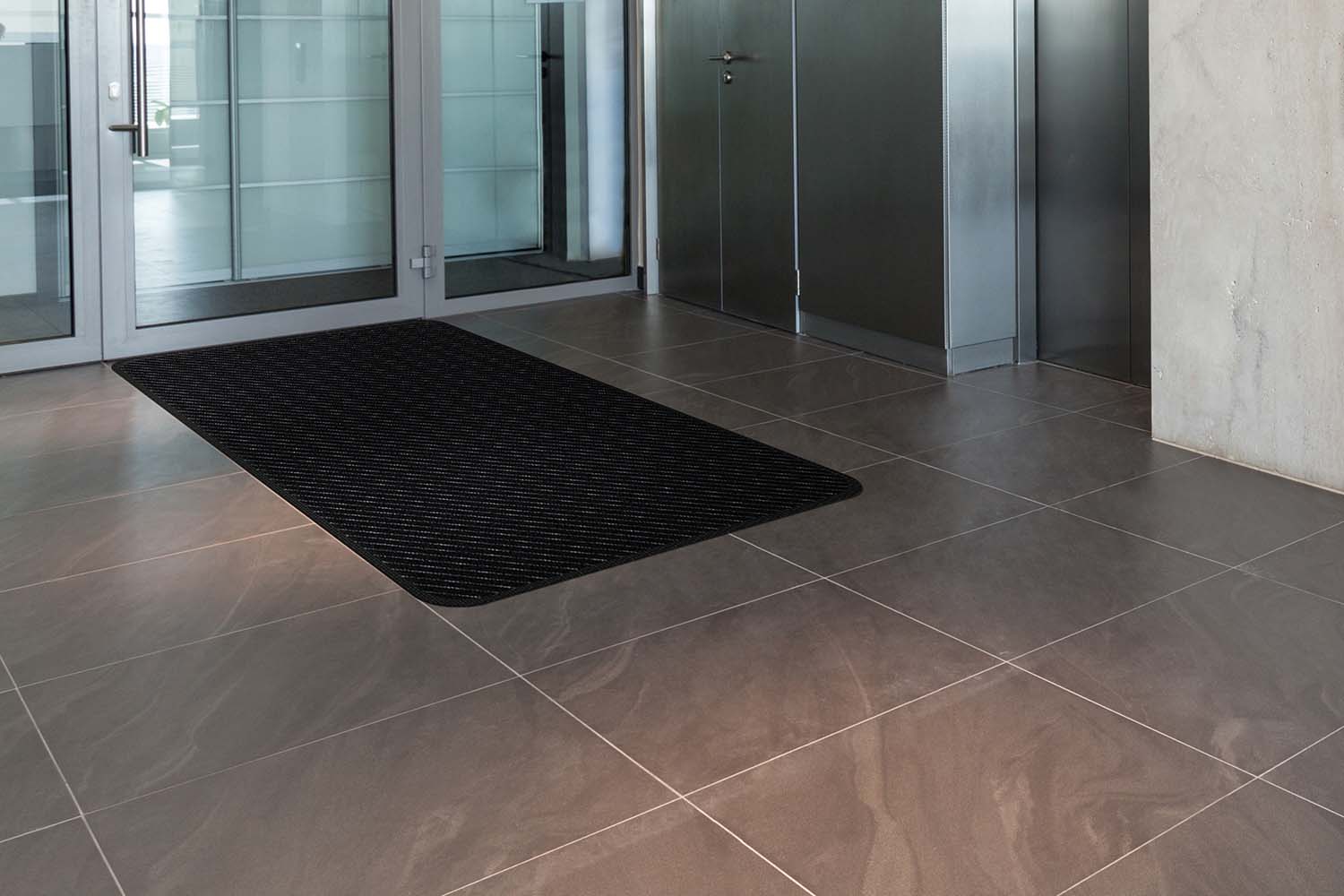
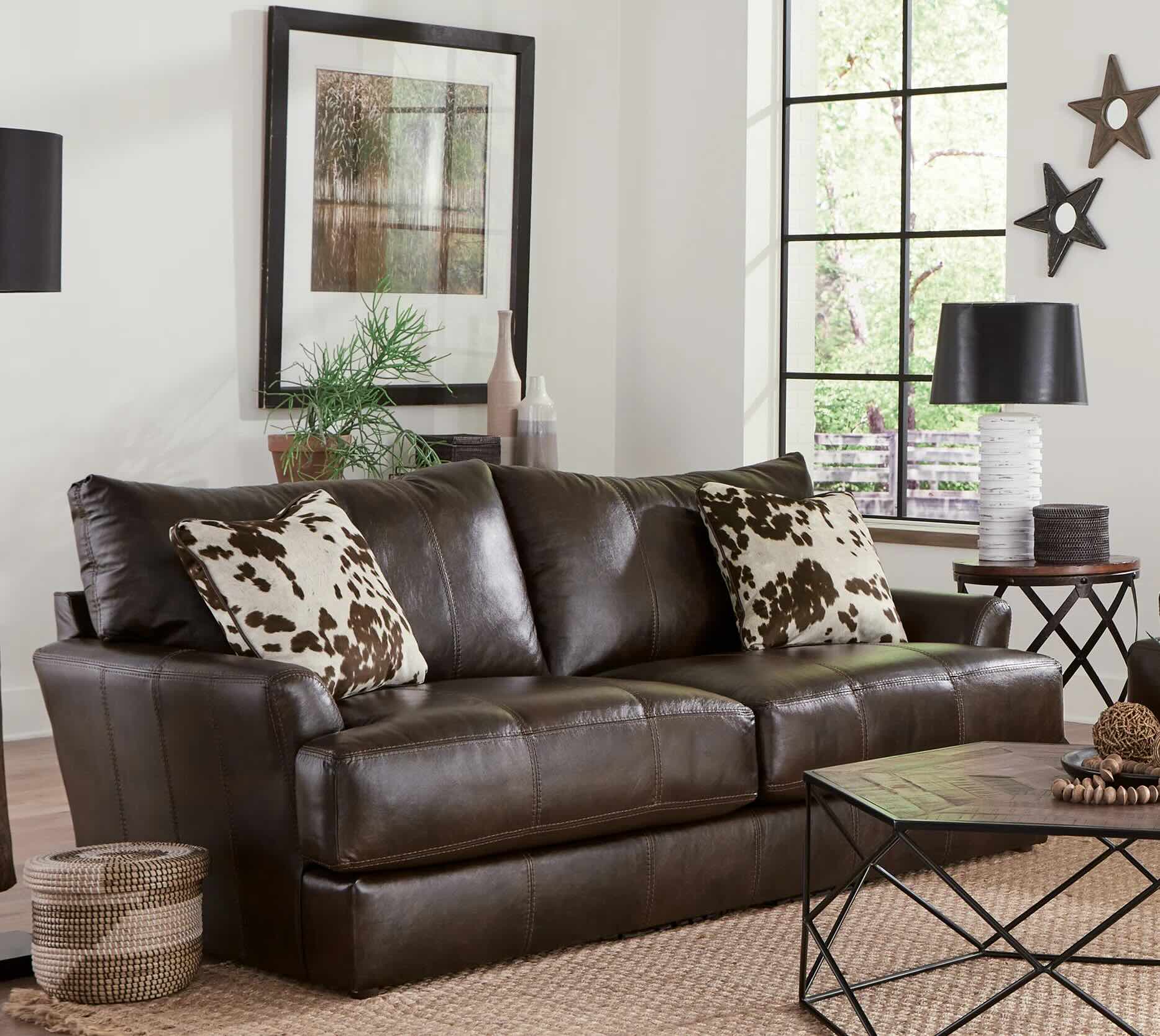
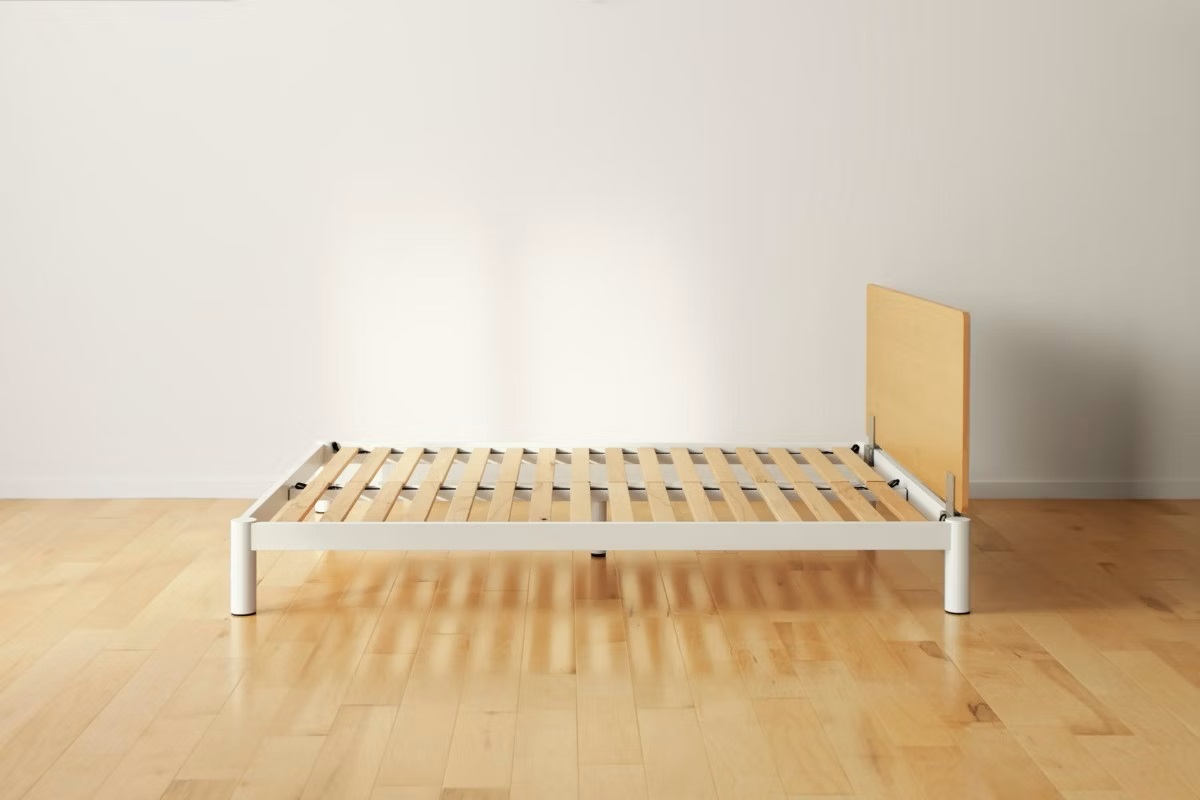
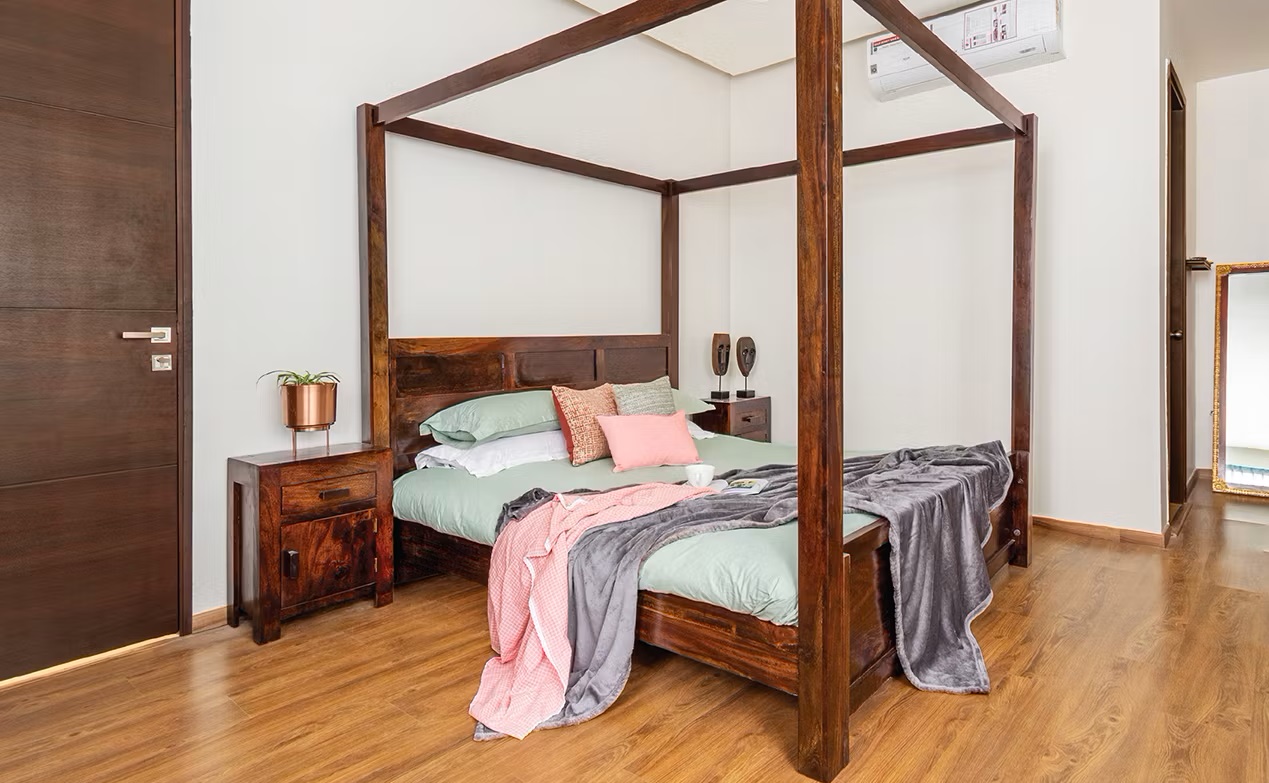
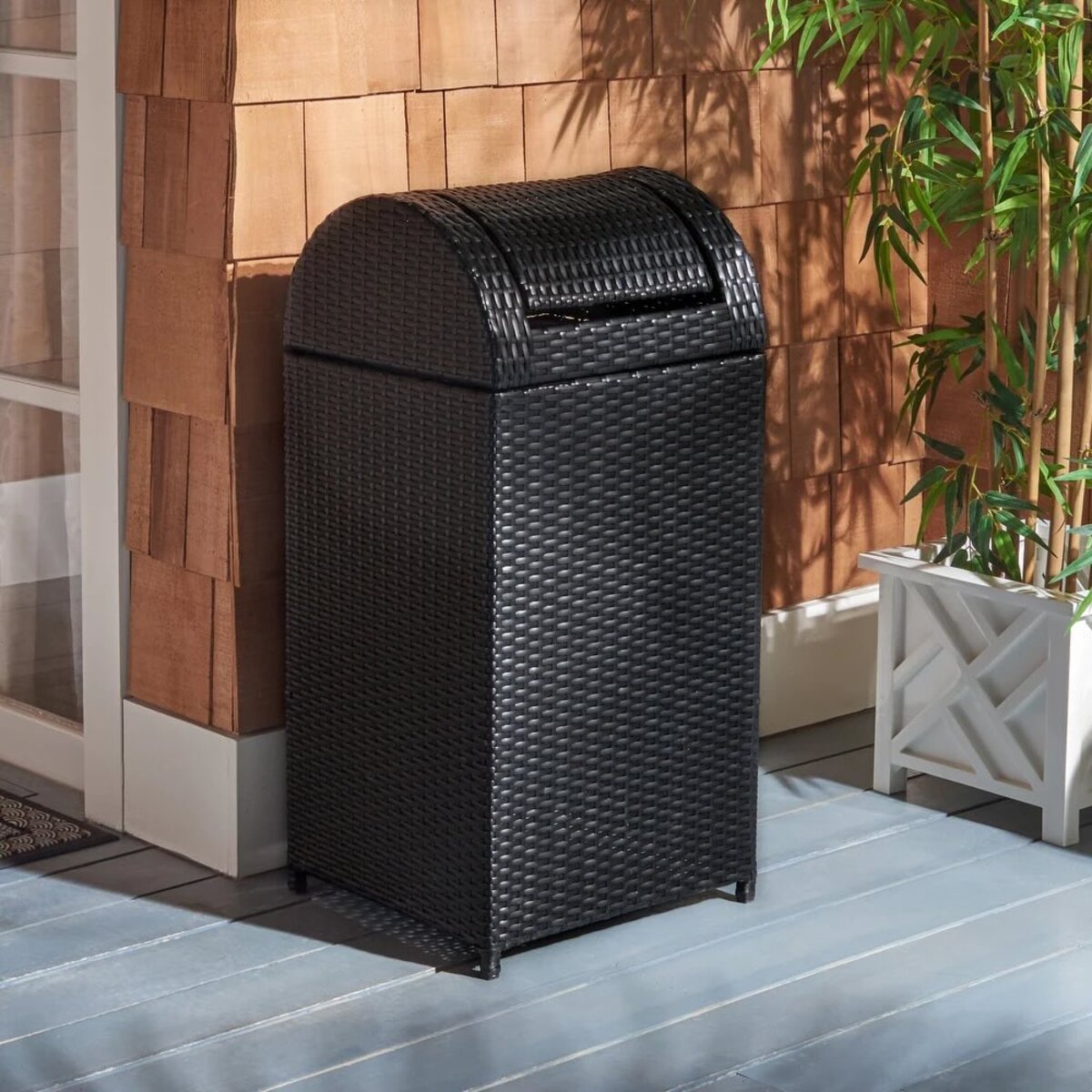
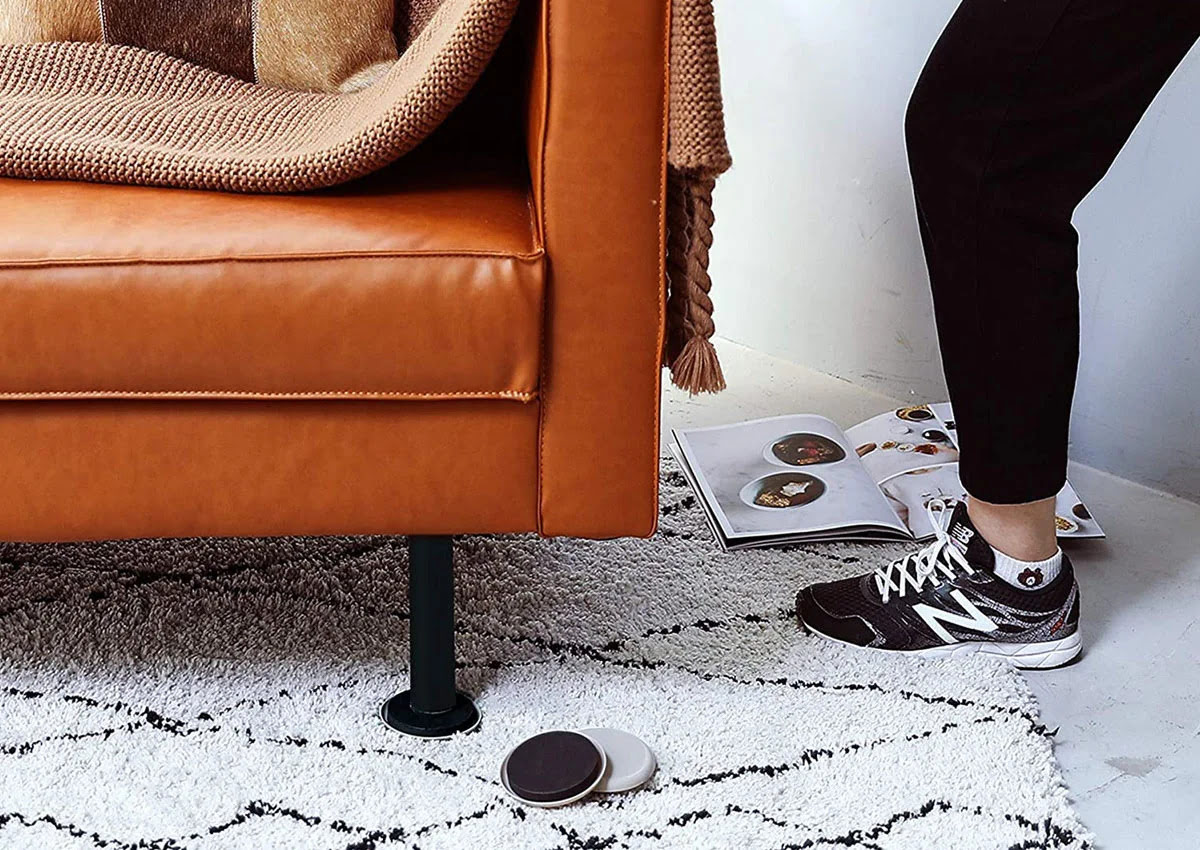
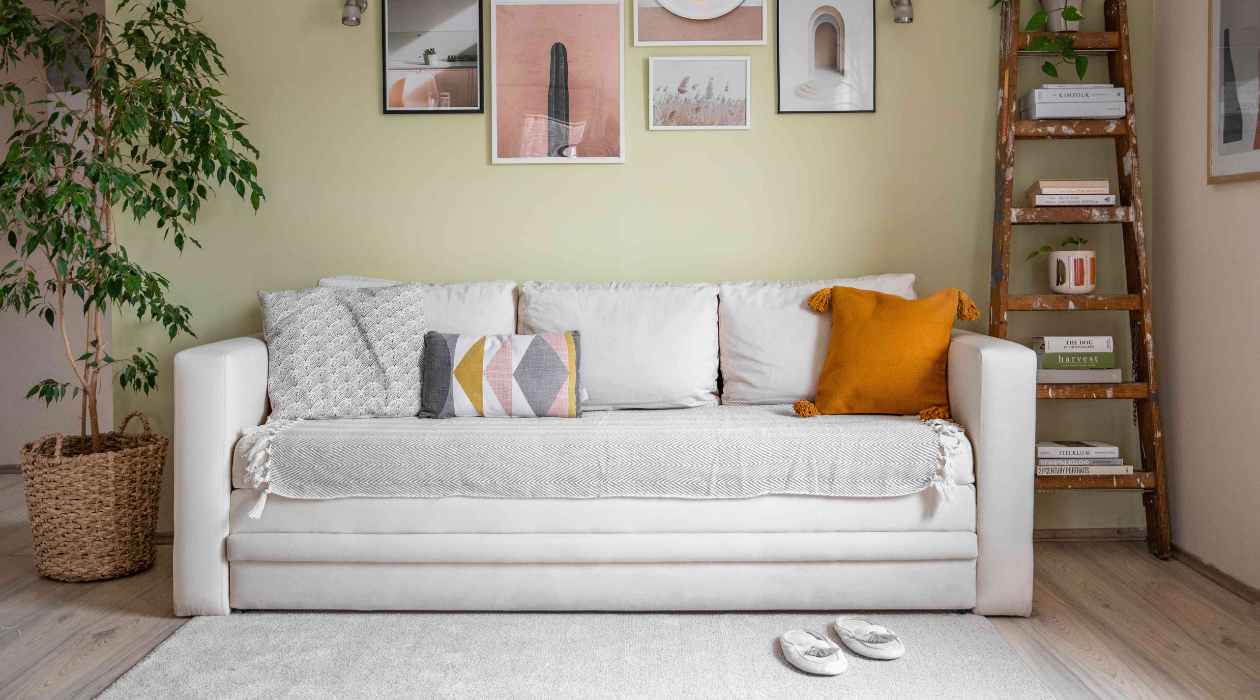
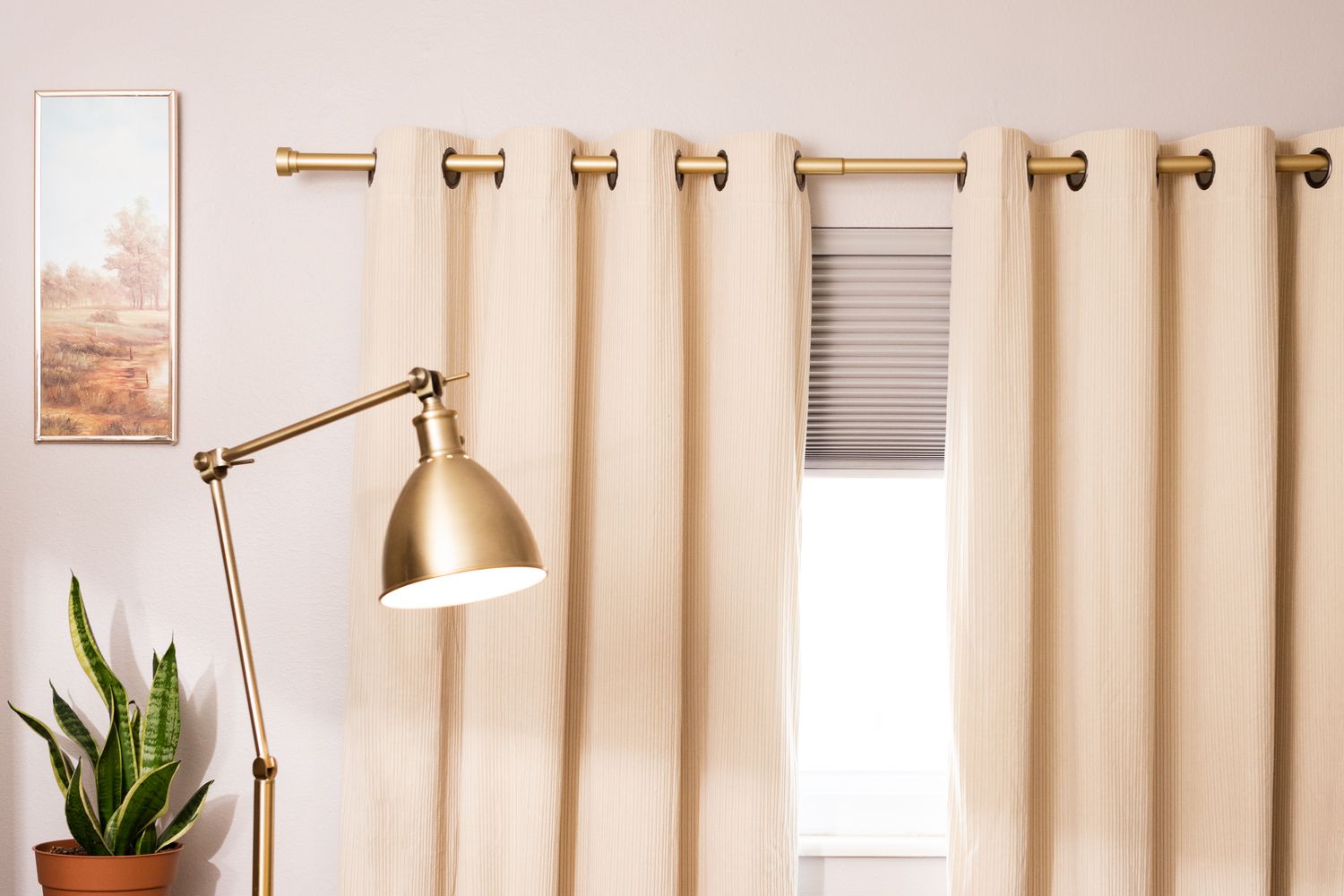
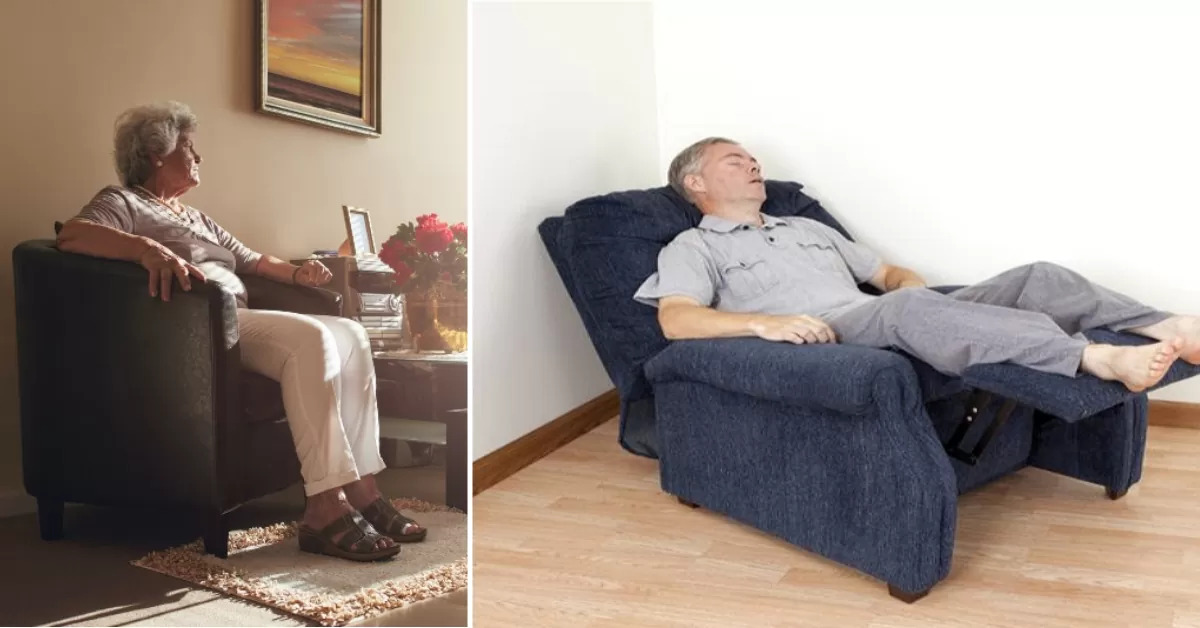
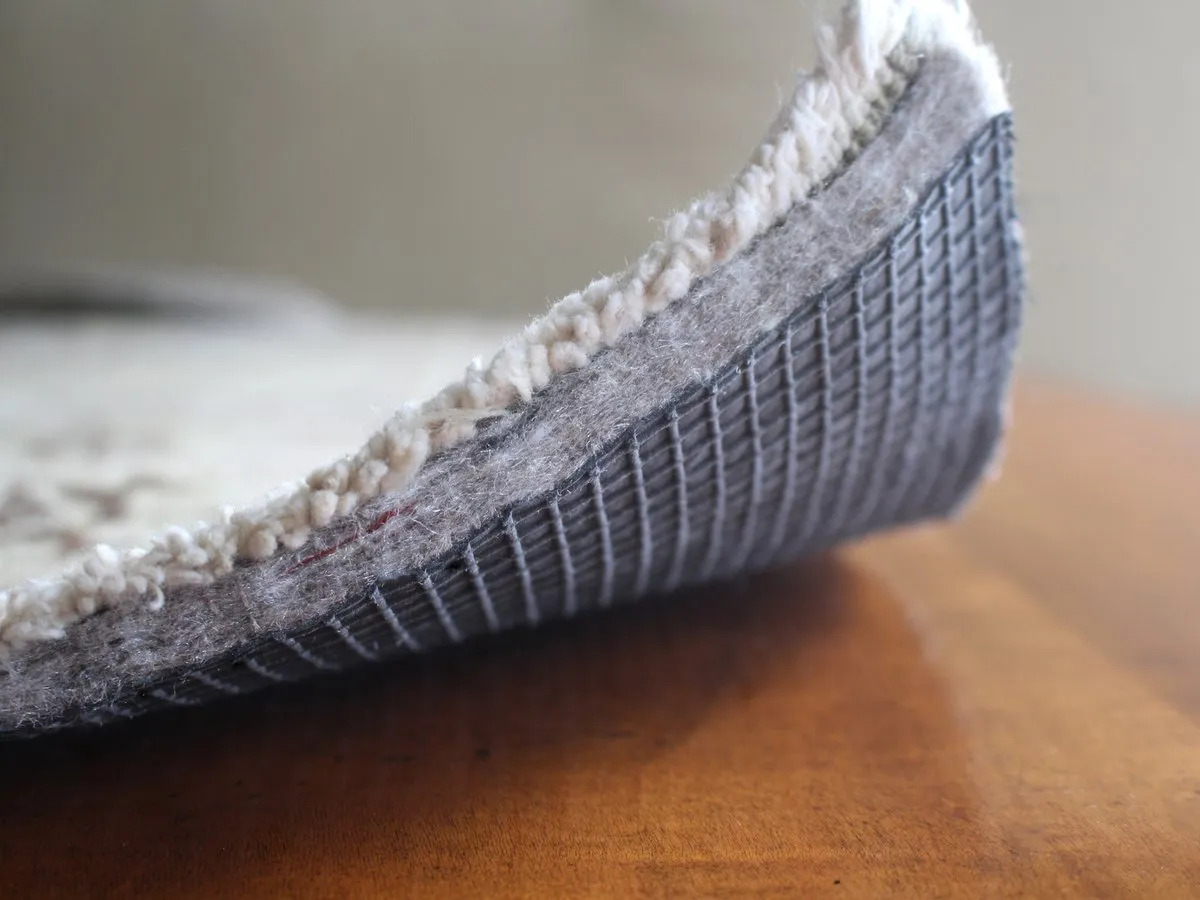
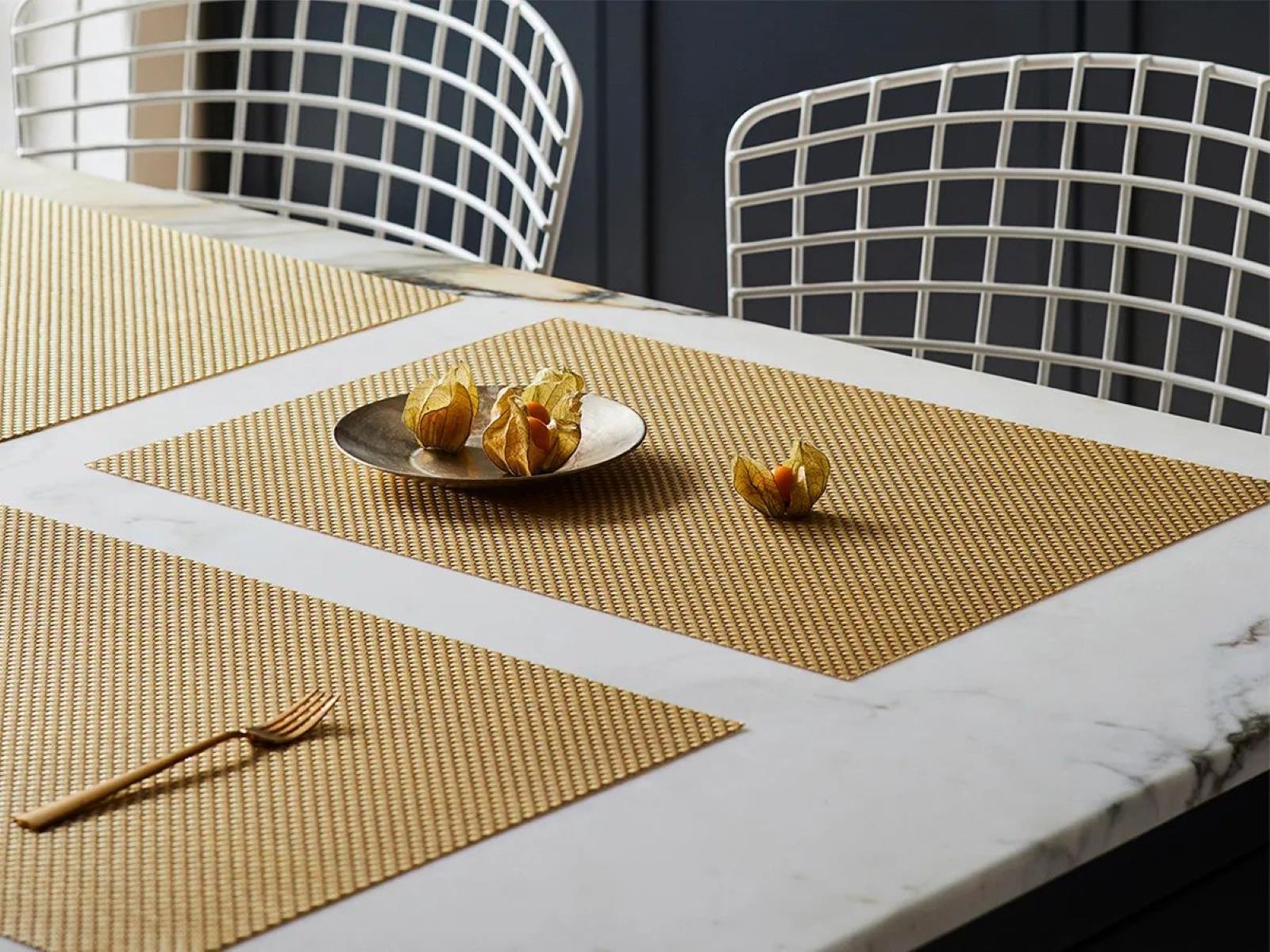
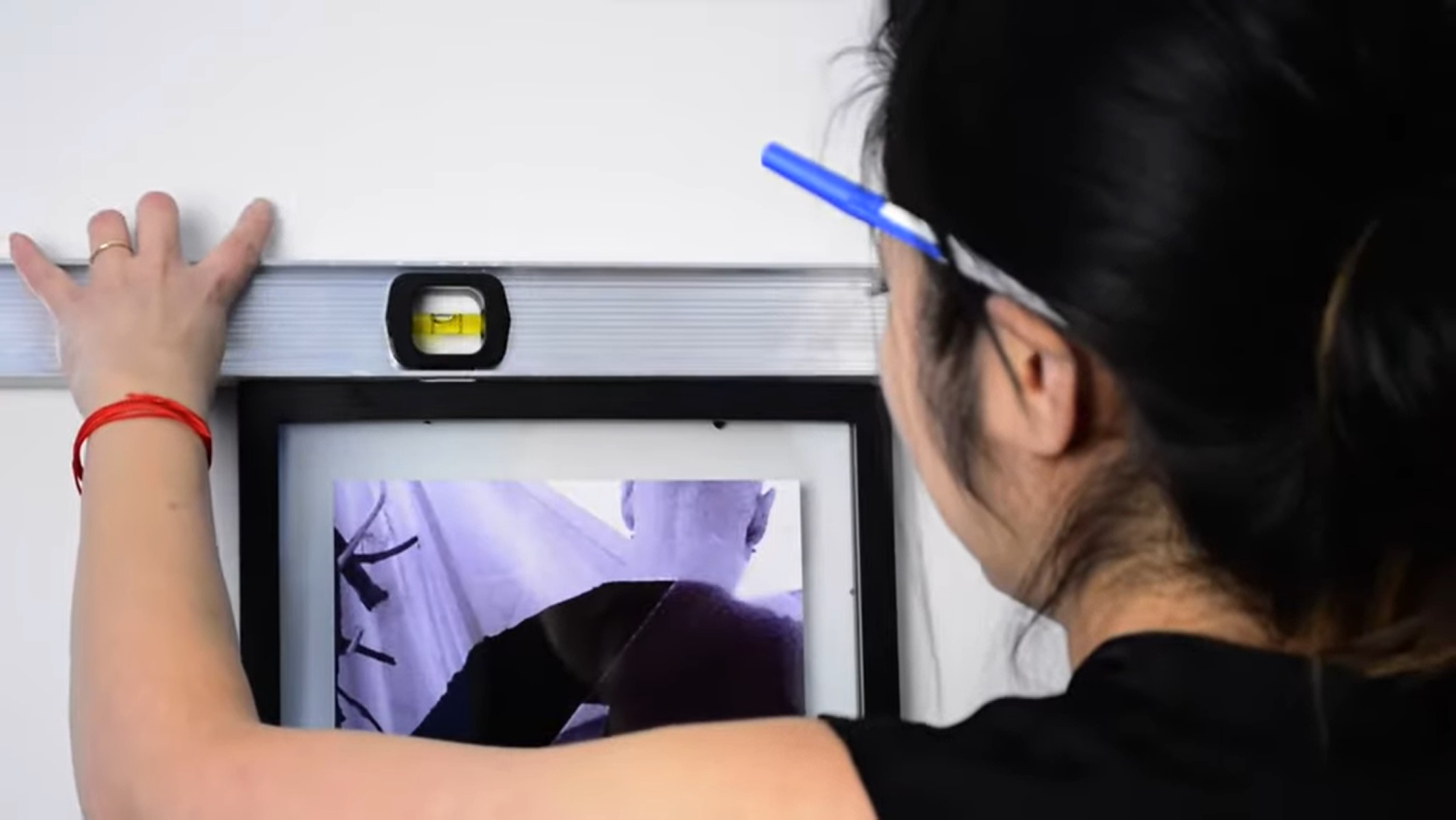
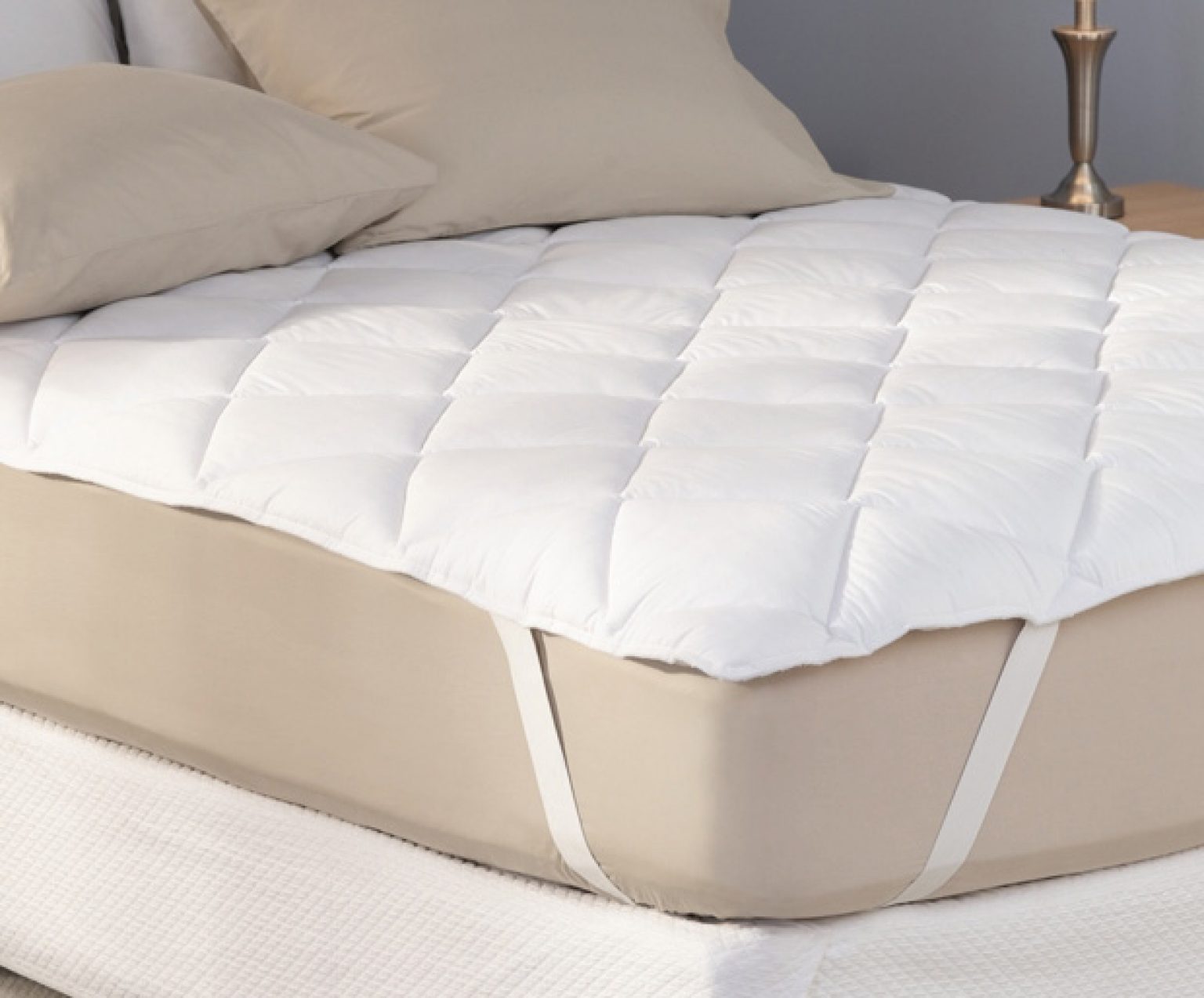
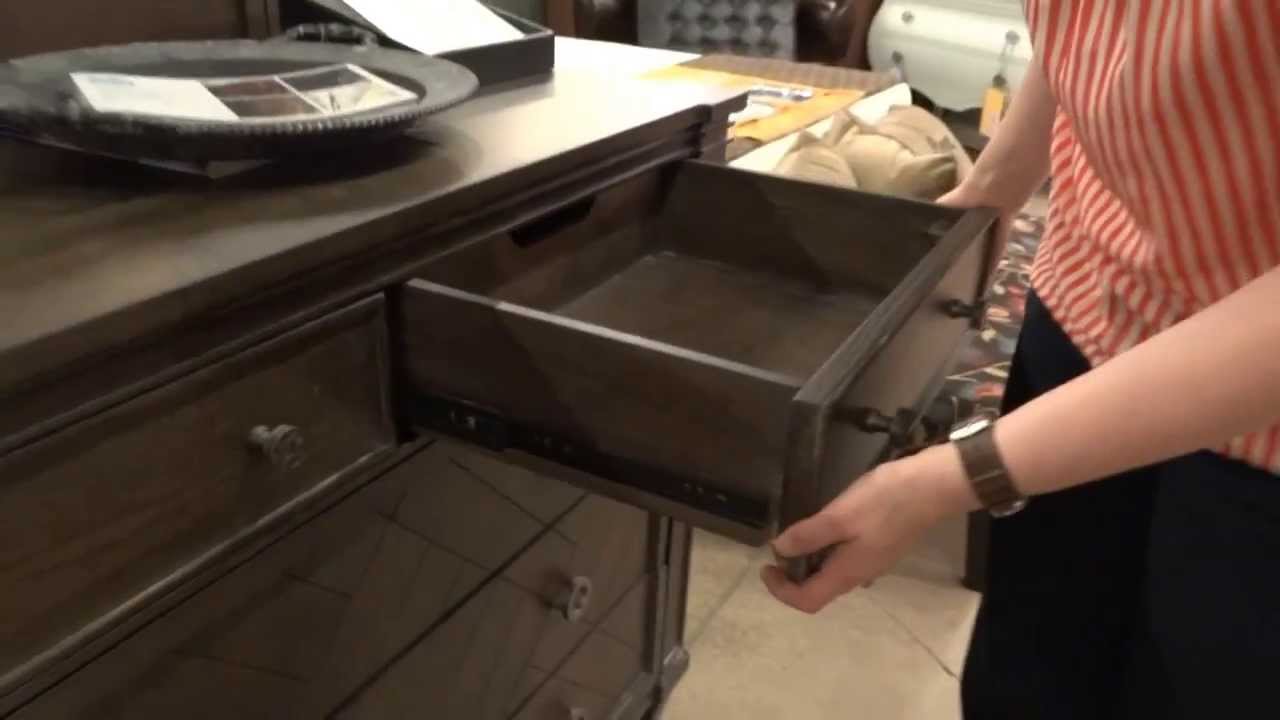

0 thoughts on “How To Keep Couch From Sliding On Wood Floor”